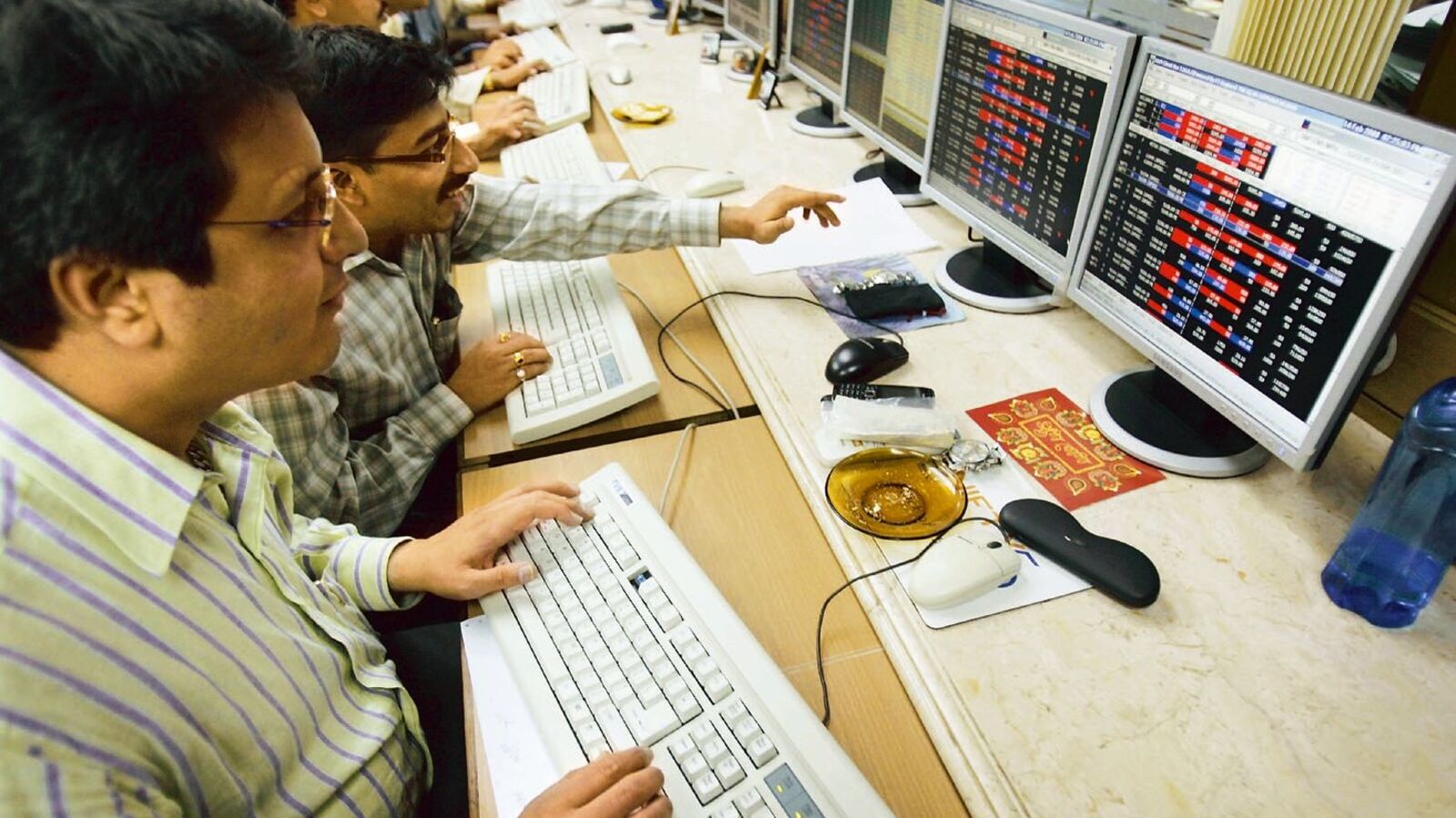Renewed trade tensions between the world’s two largest economies have reignited risk aversion across global markets, and India was no exception, as the Nifty 50 extended its losing streak for a second consecutive session on Tuesday, October 14, slipping 0.32% to 25,145 after briefly retesting the 25,300 mark.
PSU banking stocks were the biggest casualties, with the index falling 1.52%, while selling pressure was also seen in consumer durables, metals, realty, and pharma stocks.
Although the domestic outlook remains resilient, supported by a GST-driven rebound in consumption and the gradual transmission of interest rate cuts, which are strengthening expectations of a corporate earnings recovery in the second half of FY26, the recent escalation in U.S.–China trade tensions, with both countries imposing new tariffs on each other, has prompted traders to move away from equities.
China has threatened further retaliation after sanctioning five U.S. units of South Korean shipbuilder Hanwha Ocean. This follows U.S. President Trump’s warning to impose an additional 100% tariff on Chinese imports in response to Beijing’s tighter export controls on rare earths.
Trade tensions, which have been rising since late last week, caused key global markets to erase recent gains, with AI stocks—one of the primary drivers of the bull market over the past year—emerging as the biggest casualties.
Nifty 50 tests crucial support near 25,000 level: Experts
Amid renewed trade tensions, analysts expect volatility to continue in the near term but remain optimistic about the medium-term outlook, supported by expectations of stronger demand in the second half of FY26.
Ajit Mishra, SVP, Research, Religare Broking, noted that the Nifty is approaching its first key support at the 20-day exponential moving average (20-DEMA), near 25,050. “Resilience in banking majors is keeping hopes of a recovery alive. However, a decisive break below this support could trigger a deeper correction toward 24,800. Amid the volatility, we continue to maintain a tactical ‘buy on dips’ approach, focusing on stocks showing relative strength or limited decline for long trade opportunities,” he said.
Rupak De, Senior Technical Analyst at LKP Securities, added that call writers’ activity at 25,300 capped gains, pushing the index below 25,100. “The daily chart shows a bearish engulfing pattern and a lower-top formation, pointing to short-term weakness. Immediate support is placed at 25,000, while resistance is seen at 25,200–25,300,” he said.
Nilesh Jain, Head of Technical and Derivatives Research at Centrum Broking, observed that the Nifty continues to consolidate between 25,000 and 25,300, with resistance at 25,300 remaining a key hurdle. “The index found support near its 21-DMA at 25,060 and rebounded above 25,100. A decisive breakout above 25,300 would be required to trigger the next leg of the upmove,” he said.
Ponmudi R, CEO of Enrich Money, emphasized that the 25,300–25,400 zone continues to act as major resistance, while 25,000 remains critical support. “A sustained move above 25,300 could revive bullish momentum, but a slip below 25,000 might drag the index toward 24,850–24,700. Until a clear breakout happens, markets are likely to remain range-bound with bouts of volatility,” he said.
Disclaimer: This story is for educational purposes only. The views and recommendations made above are those of individual analysts or broking companies, and not of Mint. We advise investors to check with certified experts before making any investment decisions.
